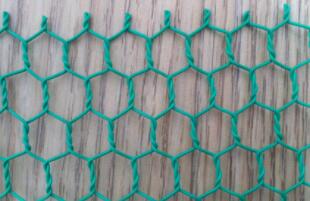Can You Use Construction Screws for Drywall?
When it comes to hanging drywall, selecting the right fasteners is essential for achieving a secure and long-lasting installation. Among the many options available, construction screws are often questioned for their appropriateness in drywall applications. This article explores the use of construction screws for drywall, their benefits, and the best practices for installation.
Understanding Construction Screws
Construction screws, also known as wood screws or structural screws, are designed for a variety of construction applications. They typically feature a sharp point and coarse threads that provide strong holding power in wood and other materials. Made of high-strength steel and often coated for corrosion resistance, these screws are commonly used in framing, decking, and other heavy-duty construction tasks.
Drywall-Specific Fasteners
Traditionally, drywall installation has relied on specific types of fasteners, such as drywall screws. These screws are designed with a fine thread and a bugle head, which allows them to penetrate drywall without tearing the paper face. Drywall screws also thread easily into wood or metal studs, which makes them suitable for securing drywall sheets.
Can You Use Construction Screws for Drywall?
While it is possible to use construction screws for hanging drywall, it is not recommended as a best practice. Here are a few reasons why drywall screws are preferred over construction screws
1. Design and Functionality Drywall screws are specifically designed for the unique demands of drywall installation. Their bugle heads allow for a flush finish with the drywall surface, minimizing the risk of tearing the paper. In contrast, construction screws may not seat properly and can create bumps on the drywall surface.
2. Holding Power Drywall screws are engineered to provide optimal holding power in drywall and studs. While construction screws have strong holding strength, their coarse threads may not grip the drywall as effectively, potentially leading to loose or sagging panels over time.
3. Potential for Damage When using construction screws, there is a higher risk of damaging the drywall. The sharper points and threaded design of construction screws can break through the paper face of the drywall, compromising its structural integrity.
can you use construction screws for drywall

4. Time and Effort Installing drywall may require driving hundreds of screws. Using drywall screws saves time and effort, as they are easier to drive and require less force compared to construction screws. This efficiency can make a significant difference in larger projects.
Best Practices for Drywall Installation
If you're working on a drywall project, here are some best practices to ensure a successful installation
- Use the Right Fasteners Always opt for drywall screws specifically designed for this task. Look for screws that are 1-1/4 inch or 1-5/8 inch long for standard drywall thickness (1/2 inch or 5/8 inch).
- Pre-Drilling While it’s generally not necessary, pre-drilling may be required based on the type of studs being used, especially for hardwood or engineered materials. This practice prevents wood splitting and makes driving screws easier.
- Spacing Matters Follow the manufacturer's recommendations for screw spacing, generally placing screws every 12 inches along the edges and every 16 inches in the field of the drywall. This helps ensure a sturdy installation and avoids sagging.
- Check for Flushness Always ensure that screws are driven just below the surface of the drywall paper without breaking through it. This helps create a smooth surface for taping and finishing.
- Screw Quality Invest in high-quality drywall screws that resist rust and corrosion, especially in humid areas. This will enhance the longevity of your installation.
Conclusion
In summary, while construction screws can technically be used for drywall, they are not the ideal choice due to concerns about surface finish, holding power, and potential damage. For the best results, it’s always recommended to use drywall-specific fasteners. Understanding the purpose of each type of screw and selecting the appropriate one will ensure a smooth, secure, and professional-looking drywall installation. By adhering to best practices, you can achieve durable and visually appealing results in your drywall projects.

















